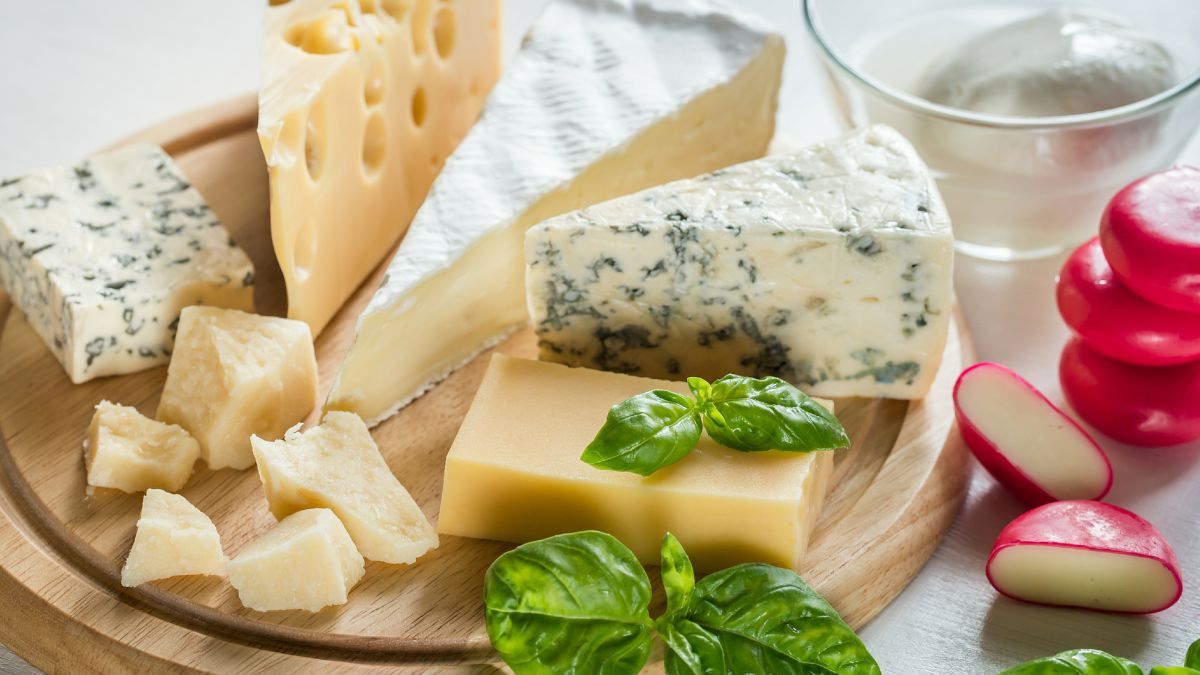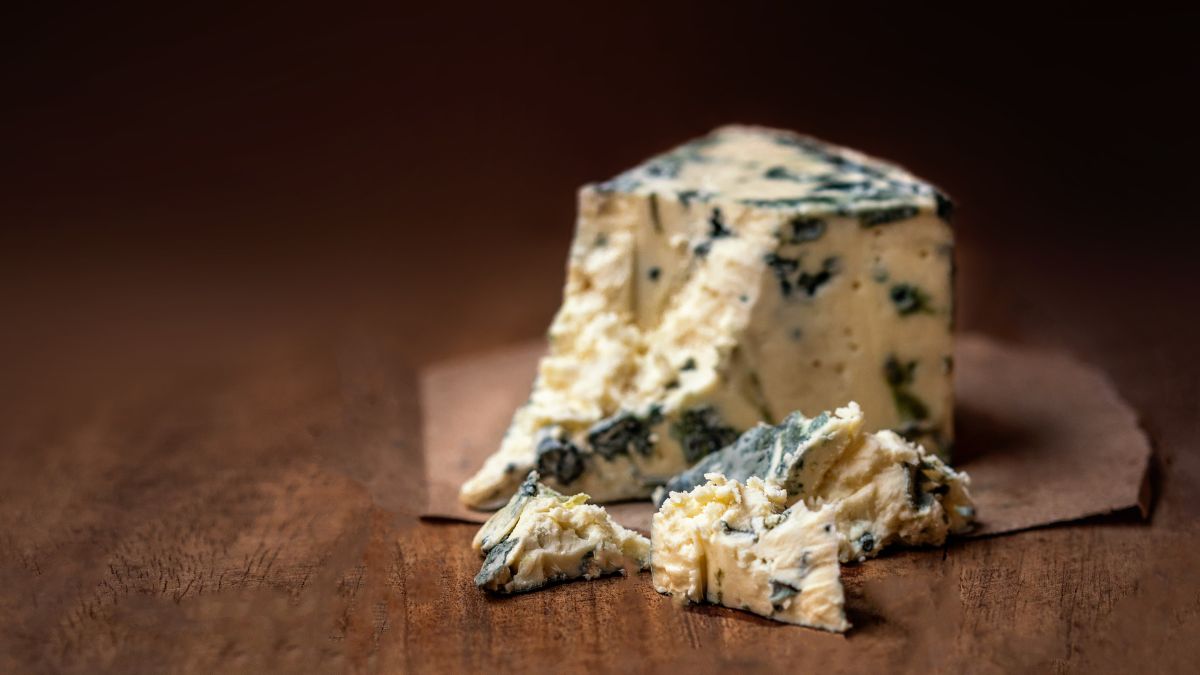What Makes Different Cheeses? Why They Have Different Flavors?

I’m a big fan of cheese. In fact, I enjoy it so much that I’ve decided to learn more about it. Why do cheeses have different flavors? How do they make different types of cheese? Is there one type of cheese that’s tastier than the rest? Can you make cheese at home? These are all valid questions, and I hope to answer them in this article. So, how do you get different cheeses?
What makes different cheeses is the type of milk used, the starter culture, and the aging process. The starter culture is a bacteria added to the milk to help start the cheesemaking process. Various starter cultures will create different flavors in the cheese, while the aging process is also vital in creating flavors.
There are many different types of cheese, each with its unique flavor. If you are a real fan, you probably love them all; nevertheless, some really differ from the others, so let’s take a look at how.
How Do They Make Different Types of Cheese?
Think about all the fantastic types of cheese there are in the world. From soft and creamy brie to tangy feta, there’s a wide variety of flavors and textures to explore.
So, what makes all these different cheeses? Well, there are a few factors at play. The essential ingredients are milk, enzymes, and bacteria. The milk is heated and then curdled by adding enzymes or bacteria. The curds are then separated from the whey and put into molds to form the cheese.
There are many different ways to make different types of cheese, and each method gives the cheese its own unique flavor. For example, cheeses made with rennet (an enzyme) are more salty and savory. In contrast, those made with bacterial cultures tend to be tangier.
Soft cheeses like brie are left to ripen for a long time, while harder cheeses like cheddar are cured for longer. This affects the flavor and texture of the final cheese.
Finally, there’s the aging process. Some cheeses, like Parmesan, are aged for years to develop their complex flavor profile. Others, like Boursault, are only aged for a few weeks.
Lastly, cow’s milk makes a harder cheese, goat’s milk makes something a little creamier, and sheep’s milk is somewhere in between.
What Makes Cheeses Have Different Flavors?
Making cheese is a complex process that takes time, effort, and a lot of know-how. So many factors go into creating different flavors and textures in cheese, and it’s an ever-evolving science.
Cheesemakers must consider the milk used, the bacteria added, the environment, and the aging process – just to name a few. There are endless possibilities when it comes to creating new flavors and textures in cheese, and it’s a never-ending quest for perfection.
Cheese can be aged for a short period or an extended period. The longer the cheese is aged, the stronger the flavor will be. Some cheeses are aged for months or even years before they’re ready for sale. The environment in which cheese is aged can also contribute to its flavor. If a cheese is aged in a humid environment, it will taste saltier than if it’s aged in a dry environment.
And the genuinely masterful cheesemakers are constantly tweaking and adjusting their recipes to get the perfect flavor profile. It’s an art form, and I’m always fascinated by the process behind it all.
Milk is a crucial ingredient in cheese; the type of milk used can contribute to the flavor. Cow’s milk is most commonly used, but yak, goat, and sheep milk can also be used. Each type of milk has its own unique flavor profile. For example, goat milk is tangy, and sheep milk is subtly sweet.
The bacteria used during cheesemaking also play a role in the flavor of the cheese. Different bacteria produce different flavors, so cheesemakers carefully select the right bacteria for each type of cheese they make.
Lastly, the mold. Some cheeses, like Gorgonzola, are made with Penicillium roqueforti, a mold that gives the cheese its characteristic blue veins. And Emmental cheese has Propionibacterium freudenreichii, which is responsible for those characteristic holes in Swiss cheeses, among other things.

So while all cheeses are made with milk, bacteria, molds, and yeast, not all cheeses taste the same. It’s these unique combinations of flavors that make each type of cheese so special.
What Is the Tastiest Cheese?
When it comes to cheeses, everyone has a different opinion on what is the tastiest. Some like a sharp cheddar, while others are fond of a creamier Brie. You might even find people who enjoy a unique blue cheese or an exotic gouda.
Different types of milk bring different flavors, such as goat cheese, which has a tart flavor compared to cow’s milk which produces milder flavored cheeses. Different regions also have their own signature cheeses, such as mozzarella from Italy or feta from Greece, so discovering new tastes can be part of the fun too!
In the end, it all comes down to personal preference – so why not try them all out until you find your favorite? Some cheeses are more popular than others, and some are more expensive. The most popular and expensive cheese is probably blue cheese.
However, according to an event held in Newport, Wales, in 2022, where a panel of top judges decided which of 4,434 cheeses has the best taste, the title goes to a gruyère from Switzerland called Le Gruyère AOP surchoix. [1]
Can You Make Cheese at Home?
You can make cheese at home, but it takes a lot of work, and it takes a lot of time and effort to make good cheese.
Many recipes exist for all sorts of cheeses, from soft and creamy brie to sharp and savory cheddar. While the process does take some time and some practice, making your own cheese is an art form like no other.
The key to a successful homemade cheese lies in the use of starter cultures and rennet, which are necessary in order to create a curd that can eventually be turned into cheese. When it comes to flavorings, you can use anything from herbs and spices to red wine or beer. Plus, it’s great if you already have milk at home because it’s the main ingredient!

Making homemade cheese is an incredibly rewarding experience that can lead to some tasty results! So give it a try if you’re interested in making your own delicious creations. There are also a few things to keep in mind when storing homemade cheese.
The first is to make sure it’s wrapped well. Cheese can absorb the flavors of other foods nearby, so it’s essential to keep it tightly sealed in an airtight container.
Secondly, you’ll want to store it in a cool, dry place. This will help keep the cheese from spoiling and will maintain its flavor.
